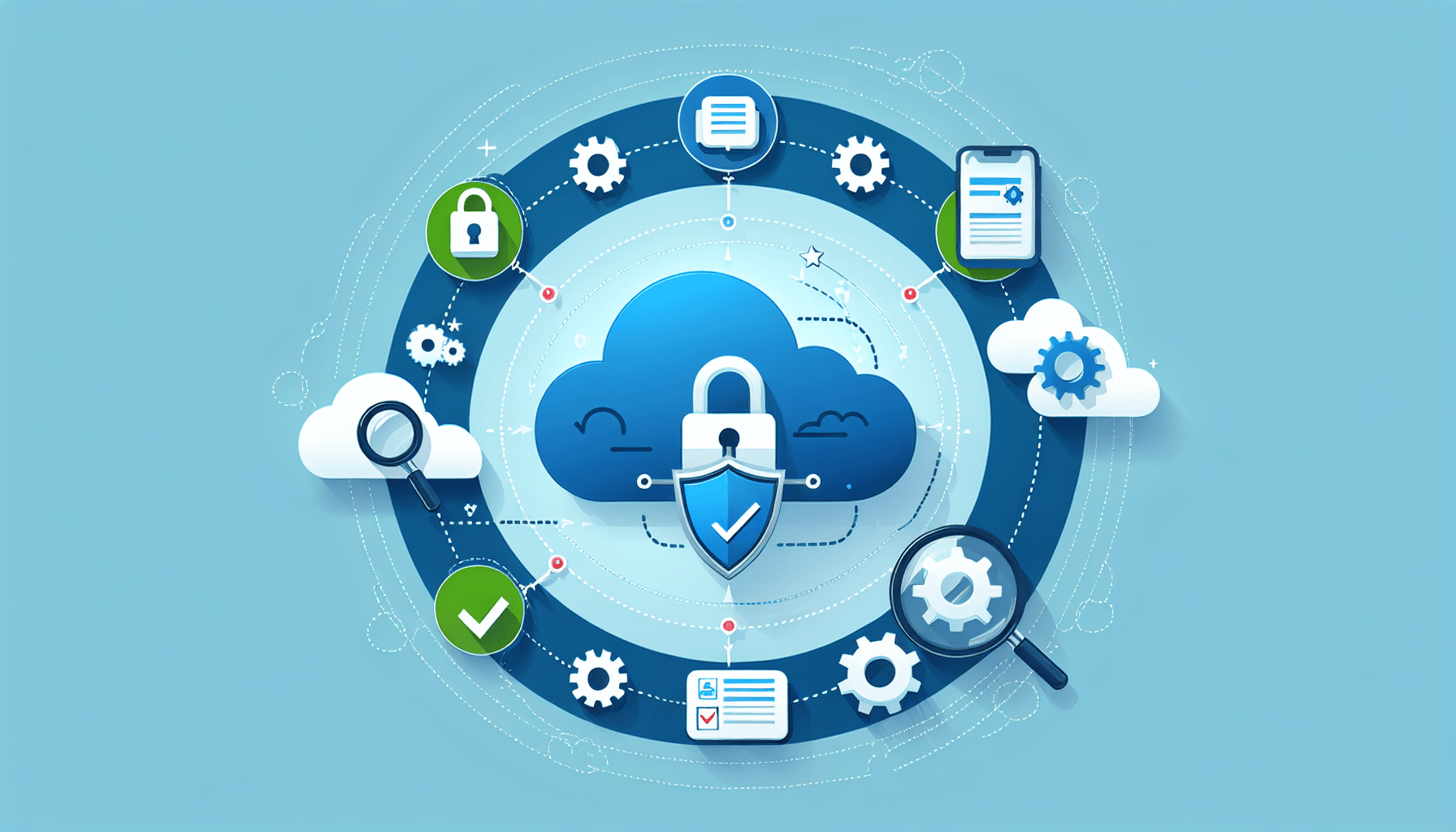In order to ensure the safety and integrity of your organization’s data stored in the cloud, it is essential to conduct thorough security assessments. By following these top ways to conduct cloud security assessments, you can identify vulnerabilities, assess risks, and implement necessary security measures to protect your sensitive information. From conducting penetration testing to evaluating encryption protocols, these strategies will help you establish a comprehensive cloud security framework for your business.
Top Ways To Conduct Cloud Security Assessments
Have you been considering conducting a cloud security assessment for your organization? This article will guide you through the top ways to effectively assess and improve the security of your cloud environment.
Understanding Cloud Security Assessments
Before diving into the top ways to conduct a cloud security assessment, it is essential to understand what a cloud security assessment entails. A cloud security assessment is a comprehensive review of the security measures and controls in place to protect data and applications in the cloud. By conducting a cloud security assessment, organizations can identify potential vulnerabilities and risks, and implement necessary measures to enhance their cloud security posture.
Establishing Clear Objectives
The first step in conducting a cloud security assessment is to establish clear objectives. You need to define what you aim to achieve through the assessment, whether it is identifying vulnerabilities, evaluating compliance with security standards, or assessing the overall effectiveness of your cloud security controls. By setting clear objectives, you can focus your assessment efforts and ensure that you gather the necessary information to improve your cloud security posture.

Conducting a Risk Assessment
One of the key components of a cloud security assessment is conducting a risk assessment. A risk assessment helps identify and prioritize potential security risks and vulnerabilities in your cloud environment. By assessing the likelihood and impact of various risks, you can determine which areas of your cloud security require immediate attention and resources.
Leveraging Automated Tools
Automated tools can be a valuable asset when conducting a cloud security assessment. There are various tools available that can help you scan your cloud environment for vulnerabilities, misconfigurations, and compliance issues. By leveraging automated tools, you can streamline the assessment process, identify security gaps more efficiently, and take proactive measures to address them.

Collaborating with Internal Teams
Collaboration is key when conducting a cloud security assessment. It is essential to involve key stakeholders from various departments within your organization, such as IT, security, compliance, and legal teams. By collaborating with internal teams, you can gain valuable insights into different aspects of your cloud security, ensure alignment with organizational goals, and address security issues from a holistic perspective.
Engaging with External Experts
In addition to collaborating with internal teams, it can be beneficial to engage with external experts when conducting a cloud security assessment. External experts, such as cloud security consultants or third-party auditors, bring specialized knowledge and experience to the assessment process. They can provide valuable recommendations, best practices, and insights to enhance your cloud security posture.
Performing Vulnerability Scanning
Vulnerability scanning is a critical aspect of a cloud security assessment. By performing vulnerability scans, you can identify weaknesses, misconfigurations, and security gaps in your cloud environment. It is essential to conduct regular vulnerability scans to stay ahead of emerging threats, prioritize security patches and updates, and remediate vulnerabilities promptly to reduce the risk of cyberattacks.
Implementing Security Controls
Implementing security controls is essential to mitigate risks and enhance the security of your cloud environment. Identify and implement appropriate security controls based on your organization’s specific requirements, industry regulations, and best practices. Security controls can include encryption, access controls, monitoring, intrusion detection, and incident response mechanisms.
Testing Incident Response Plans
Testing incident response plans is a crucial step in evaluating the effectiveness of your cloud security measures. Simulate various cybersecurity incidents, such as data breaches, malware attacks, or system compromises, to test your incident response capabilities. By conducting regular incident response drills, you can identify gaps in your response plans, refine procedures, and improve your organization’s readiness to handle security incidents effectively.
Monitoring and Reporting
Continuous monitoring and reporting are essential components of a cloud security assessment. Implement monitoring tools and processes to track security events, detect anomalies, and monitor user activities in the cloud. Regularly review security logs, generate reports, and analyze trends to assess the effectiveness of your security controls, ensure compliance with security policies, and address any security incidents promptly.
Conclusion
In conclusion, conducting a cloud security assessment is essential to protect your organization’s sensitive data and applications in the cloud. By following the top ways outlined in this article, you can effectively assess and enhance the security of your cloud environment. Remember to establish clear objectives, perform risk assessments, leverage automated tools, collaborate with internal teams, engage with external experts, perform vulnerability scanning, implement security controls, test incident response plans, and monitor and report on your cloud security posture regularly. By prioritizing cloud security and taking proactive measures to address potential risks and vulnerabilities, you can safeguard your organization’s assets and maintain a secure cloud environment.



